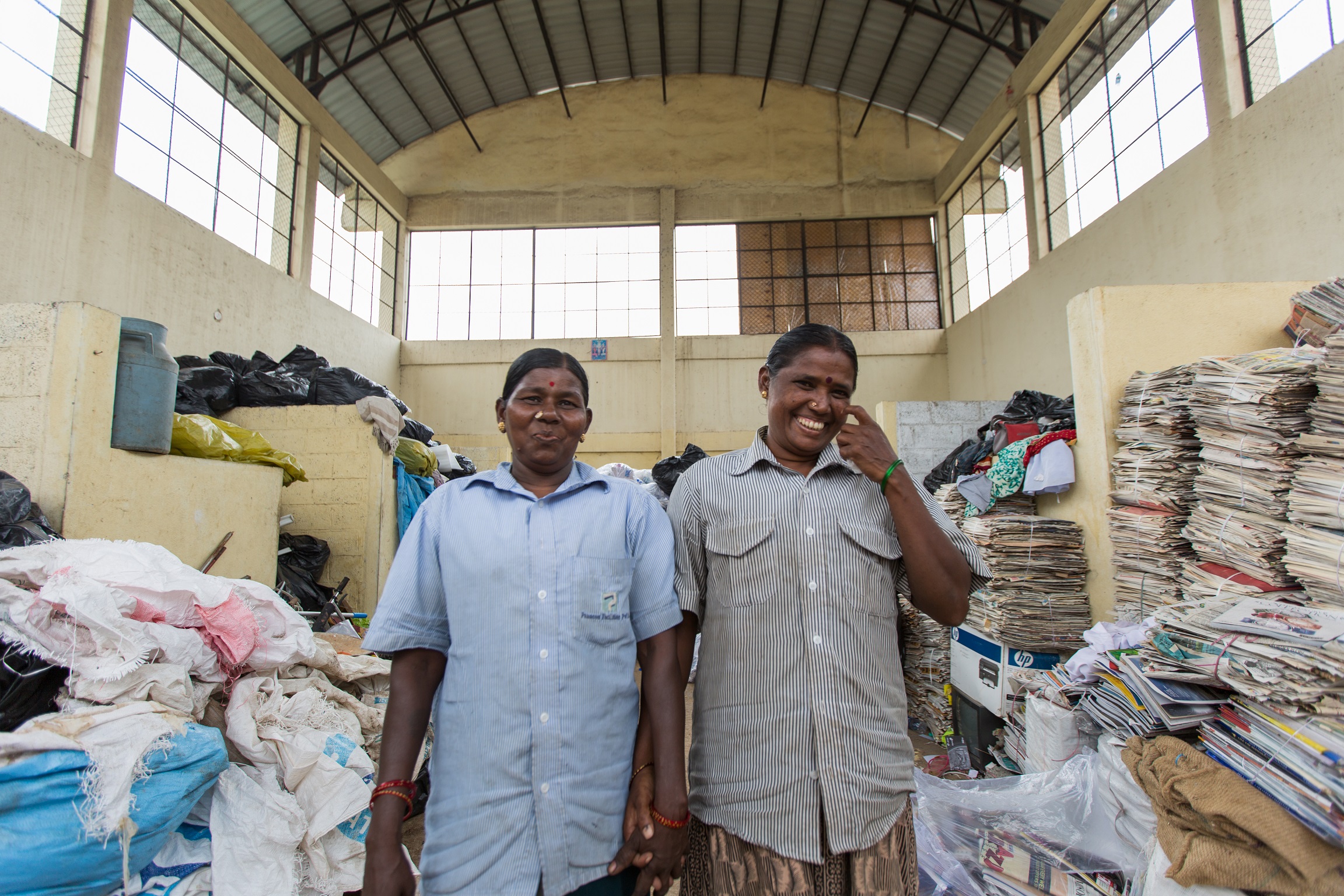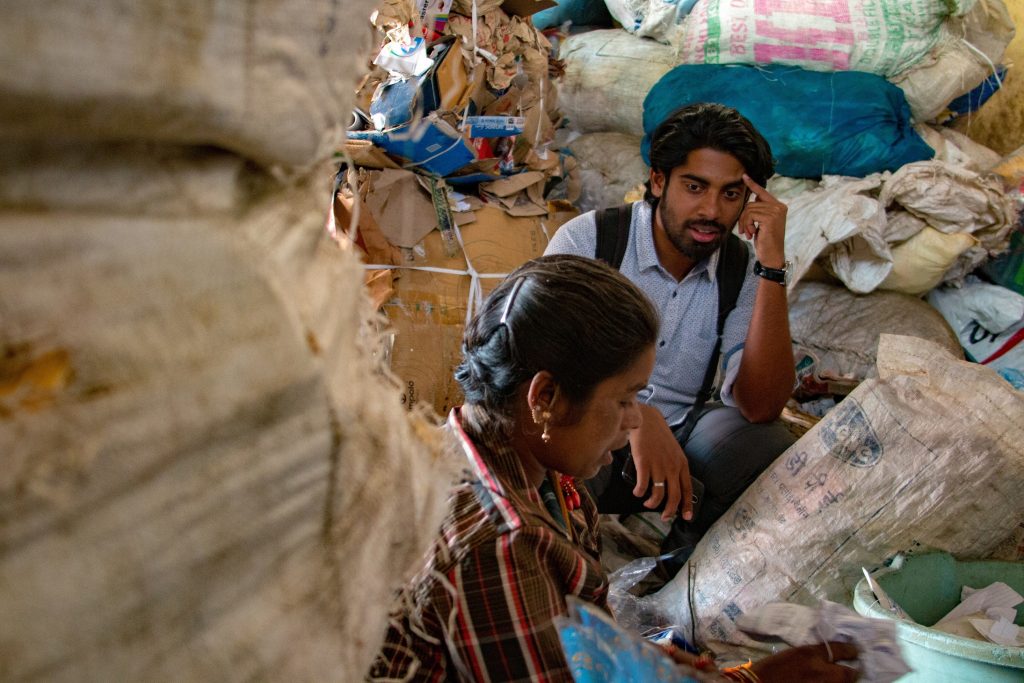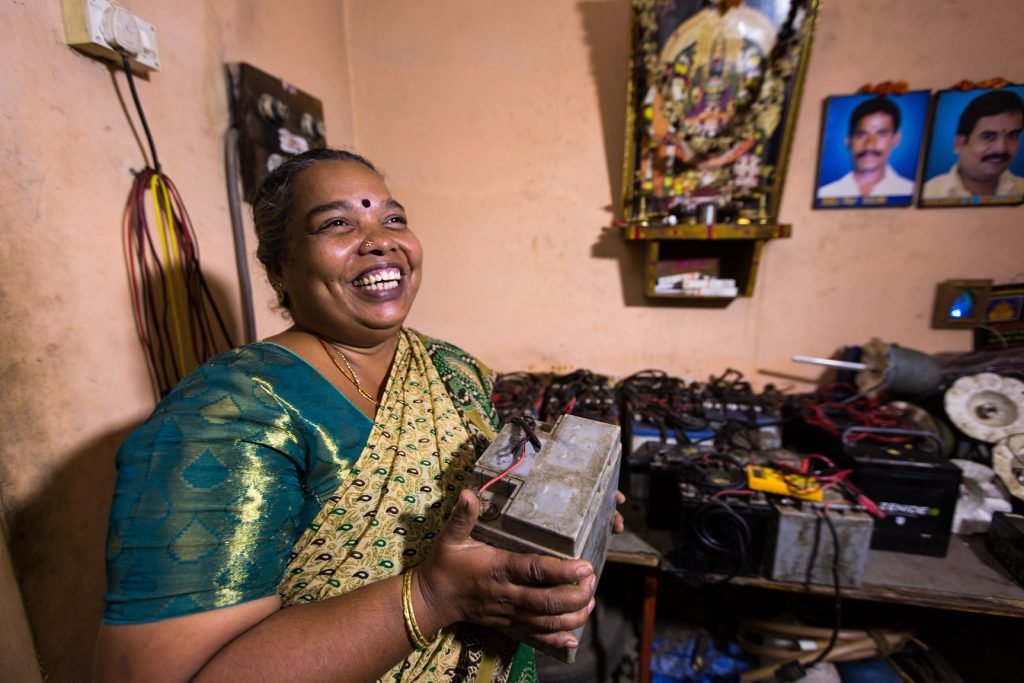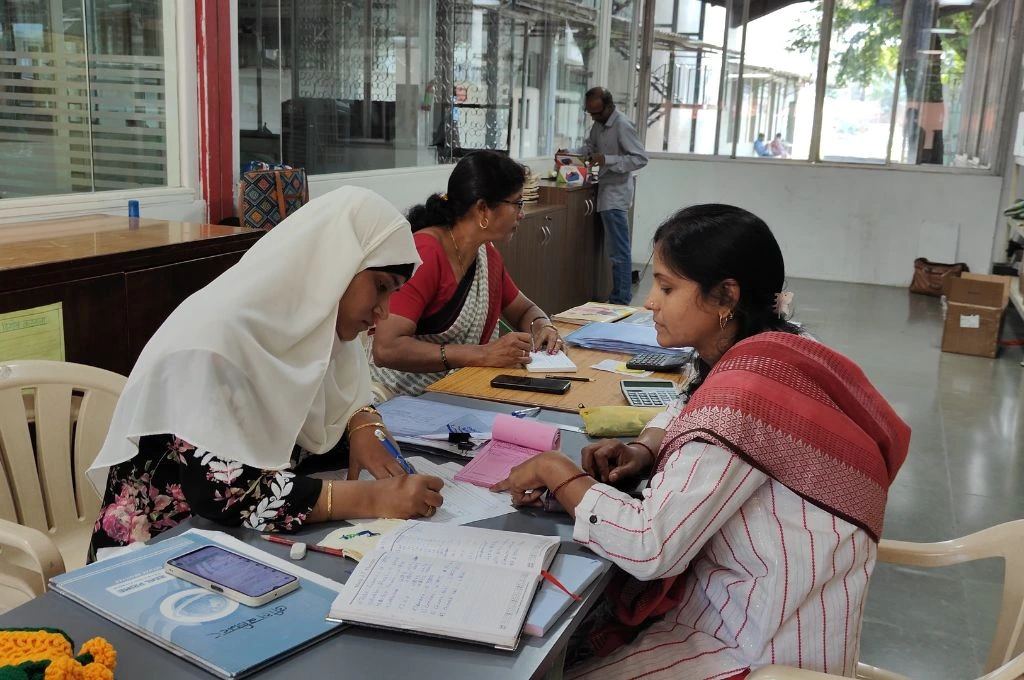One of the buzzier buzzwords that has permeated the global development space in recent years is ‘social entrepreneur’. But what does a ‘social entrepreneur’ look like?
I suspect most of us in the space and familiar with the term would imagine an honestly laudable, well-educated, middle to upper-class individual with the skills to start and effectively manage a business, and use some part of that business to create positive social impact. The degree to which profit would need to be sacrificed in favour of social impact is variable even across this spectrum of entrepreneurs, but on the whole, it is a business with the ingrained objective to help.
This narrow idea of a social entrepreneur disregards enterprises run by the working poor.
These conscientious business people (opportunity entrepreneurs) saturate incubators, accelerators, and competitions globally from Harvard to Ashoka. Often harkened as ‘leaders in their field’ they capitalise on the financial, market, technological, knowledge, and network resources available to them to compound their entrepreneurial grit, and expedite their business’s growth. All the while they’re fortified by the conviction that the often-literal blood, sweat and tears they’re investing will reap benefits far beyond financial.

Related article: Seven deadly mistakes to avoid as an entrepreneur
However, allowing this narrow idea of a social entrepreneur to dominate the development and business discourses institutionalises a disregard for enterprises that are run by the working poor; those that are socially beneficial to customers as well as the entrepreneurs themselves.
Expanding the definition
It is fairly common in mainstream discourse to consider the opportunity entrepreneurs—those who have actively chosen to pursue this profession, as a distinct cohort from necessity entrepreneurs—those who are generally very poor and self-employed by sheer need of some form of income.
Necessity social entrepreneurs in the Indian context are generally non-English speaking, and non-spreadsheet using.
Necessity social entrepreneurs, in the Indian context in particular, are generally non-English speaking, non-spreadsheet using, and are often from, and living and working in communities without basic services like clean water, waste management, and electricity*. But, they do have the fundamental skillsets, familiarity with local unmet needs, and a ‘skin in the game’ drive to facilitate extensive social impact.
They are operating businesses ranging from managing and professionalising dry waste collection centres, to charging and renting out batteries so that night street hawkers and local families can affordably light their wares and homes.

However, to a far greater degree than opportunity social entrepreneurs, they lack access to finance, and markets, as well as advanced education, which is necessary to build up their enterprises and create larger scale impact. They also generally do not think of themselves as social entrepreneurs, which limits their ability to draw strength from the knowledge that they are part of something larger than themselves.
Supporting the necessity social entrepreneur
While the potential for scale and dramatic financial gain is much lower for necessity social entrepreneurs than for opportunity entrepreneurs, targeted support can help them operate independent, self-sustaining businesses while incrementally addressing the social challenges we all want solved.

Photo courtesy: S3IDF
There are currently a few organisations who support these types of entrepreneurs. These include S3IDF (the organisation for which I work), Root Capital, MIT D-Lab, and many members of the Aspen Network of Development Entrepreneurs.
Drawing on S3IDF’s experience in particular, we can walk through what it looks like to provide necessity social entrepreneurs with the support they require, and the social impact they can create.
Let’s take for example, a necessity social entrepreneur living in a community without affordable access to electricity. They decide to start a business that entails charging and renting out batteries to night street hawkers and nearby families, so as to meet this need.
a) Equipment: One of the first steps is helping them figure out what equipment they should buy, at what scale/size, from what supplier (who is reputable), with what service agreements, and so on. Assisting them in that technology provider assessment support (and eventual equipment operation training) is an integral facet of facilitating their enterprise growth.
b) Capital: To subsequently purchase this equipment, overcome capital constraints and create a permanent credit solution, risk mitigation measures can be employed to help the bank become comfortable lending to the entrepreneur at fair interest rates. Partial loan guarantees, technology buy-back agreements, and holistic know-your-customer assessments have been found to be extremely helpful in these types of situations, the result of which is a critical blending and leveraging of development and philanthropic capital with or for local private capital.
c) Skills: Training them on the business skillsets and acumen necessary to track cash flows, fill out loan applications, and establish and grow a customer base, is crucial for long-term sustainability. This training can also include a component that assists them in recognising their own value to their community. This helps them gain confidence and respect from their neighbours, which in turn can be incredibly helpful in continuing effective business operations.

Photo courtesy: S3IDF
The application of this layered support builds the foundation on which the entrepreneur can run a sustainable business that they are confident in maintaining beyond the term of the direct external support.
a) The people: Because of this facilitated arrangement, a community of vendors and households alike have access to fair, quality, effective electricity that reduces their reliance on kerosene, or other poor substitutes with quantifiable social and financial impact. Further, the entrepreneur gains the self-respect, skills, connections and financing necessary to realise their full economic potential, and therefore can invest in their children’s education, better housing, health insurance, and more.
b) The market: On the market level, the bank and technology distributor gain access to a new client segment. And the external organisations (S3IDF, Root Capital, etc.) that provide support to the entrepreneur are able to facilitate the social changes core to their vision. And, if they can use philanthropic and development capital to leverage local private capital (banks, government schemes), they are effectively multiplying their available financial resources.
Unlike some of the more traditional social entrepreneurs, it is not likely that these types of entrepreneurs will eventually scale up their businesses into multinational corporations or Fortune 500 companies. Traditionally, investment/donation decisions and acceptance into accelerators and incubators have strongly considered (by need or desire) the potential of enterprises to grow and achieve economies of scale both socially and financially.
However, with more varied organisations providing support in this space, who can more explicitly seek out, incubate and expect much lower or no financial returns on investment, necessity social entrepreneurs can receive the critical support they need to change their own lives and their communities’, despite their likely inability to dramatically scale.

Photo courtesy: S3IDF
Moving forward
We need to increase the number and scope of practitioners, banks, technology providers, governments, thought leaders, and intermediaries who are invested in expanding the normalised concept of a necessity social entrepreneur into a valued member of the social entrepreneur spectrum. This is critical to expanding the amount of available holistic support they need to flourish and to positively feeding their own self-perception.
Being any kind of entrepreneur is exceptionally hard, but the recognition from yourself, your community and the development and business sectors that the work you are doing will help make everyone’s life a little better, unquestionably makes the job a little better as well.
*While informality and the related debate regarding the pros and cons of a necessity entrepreneur transitioning from informal to formal are important – to maintain focus this discussion does not engage with that particular discourse.




